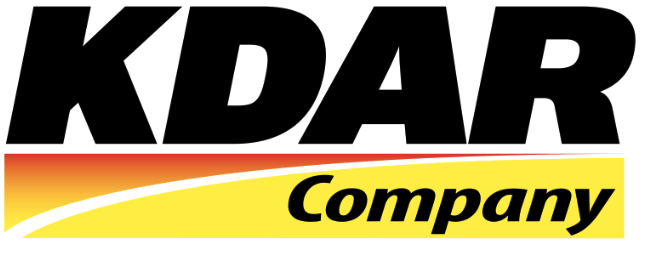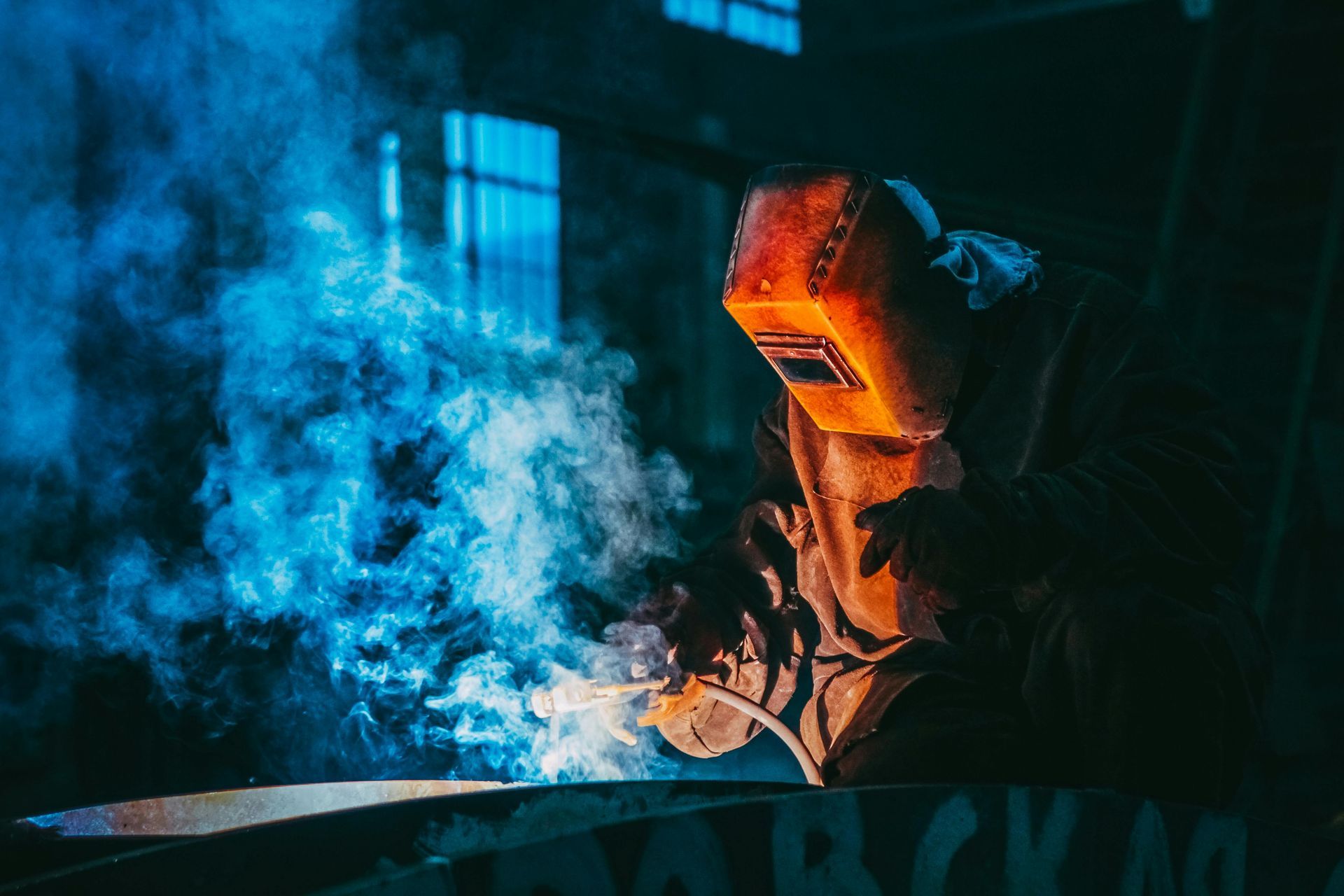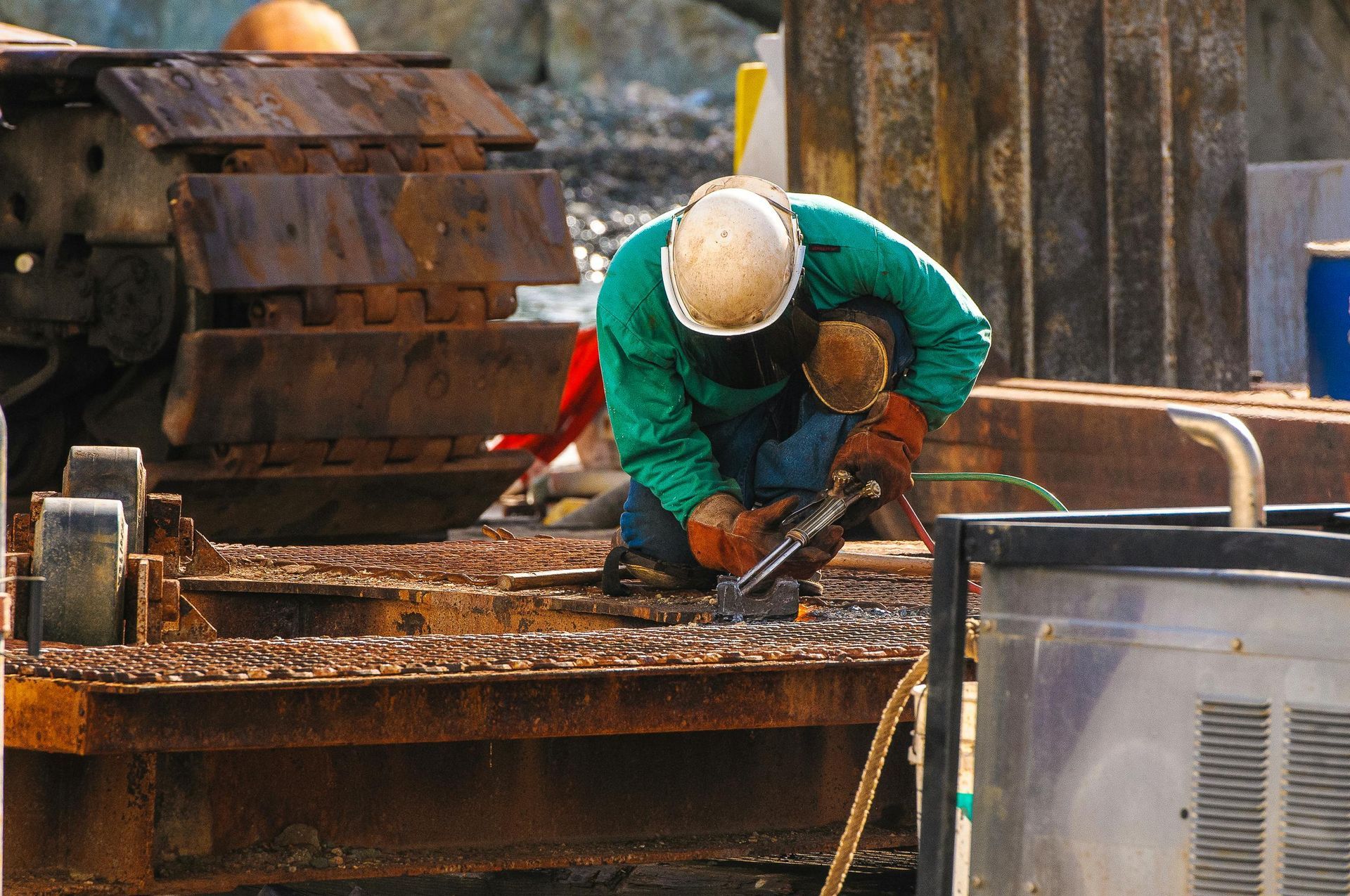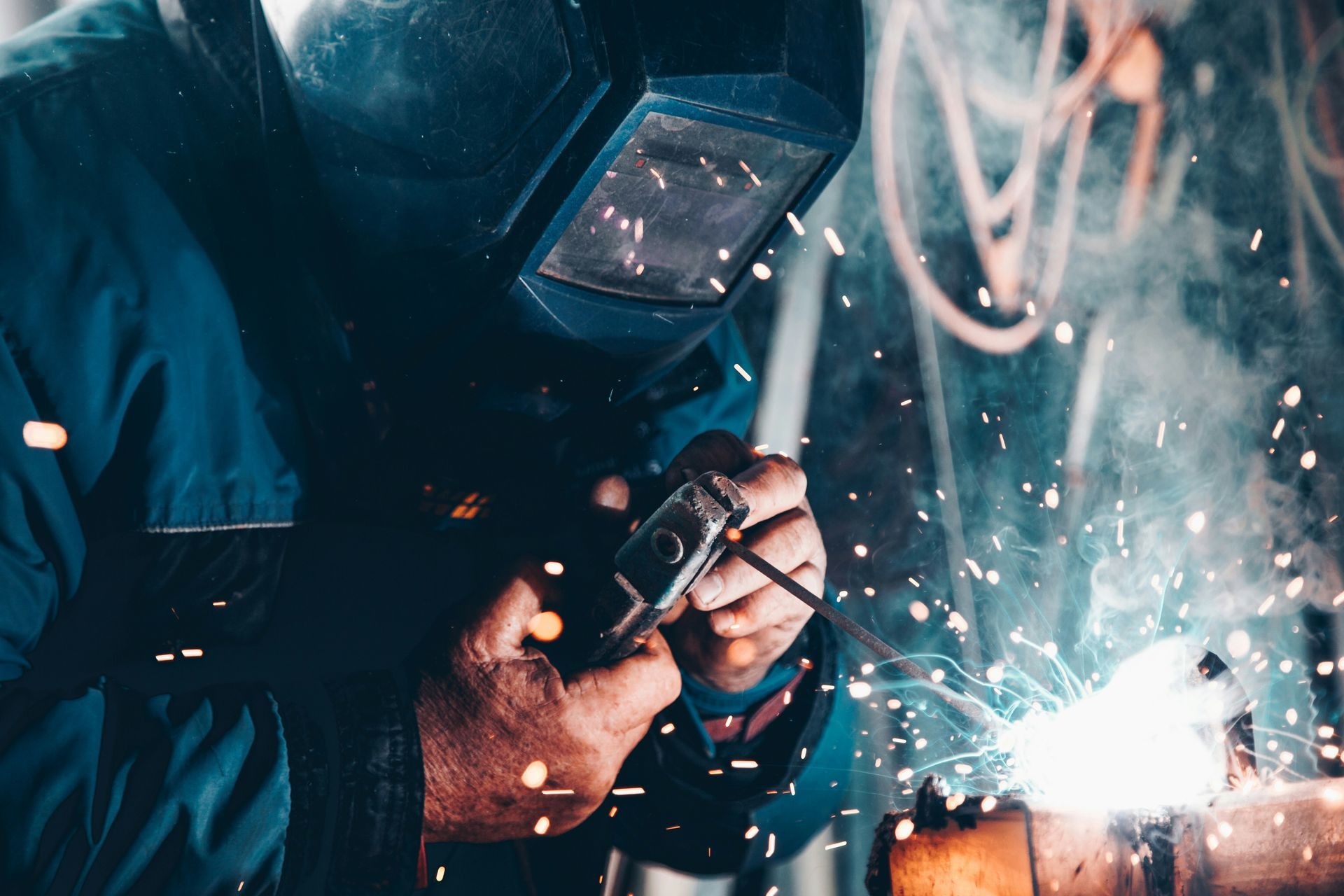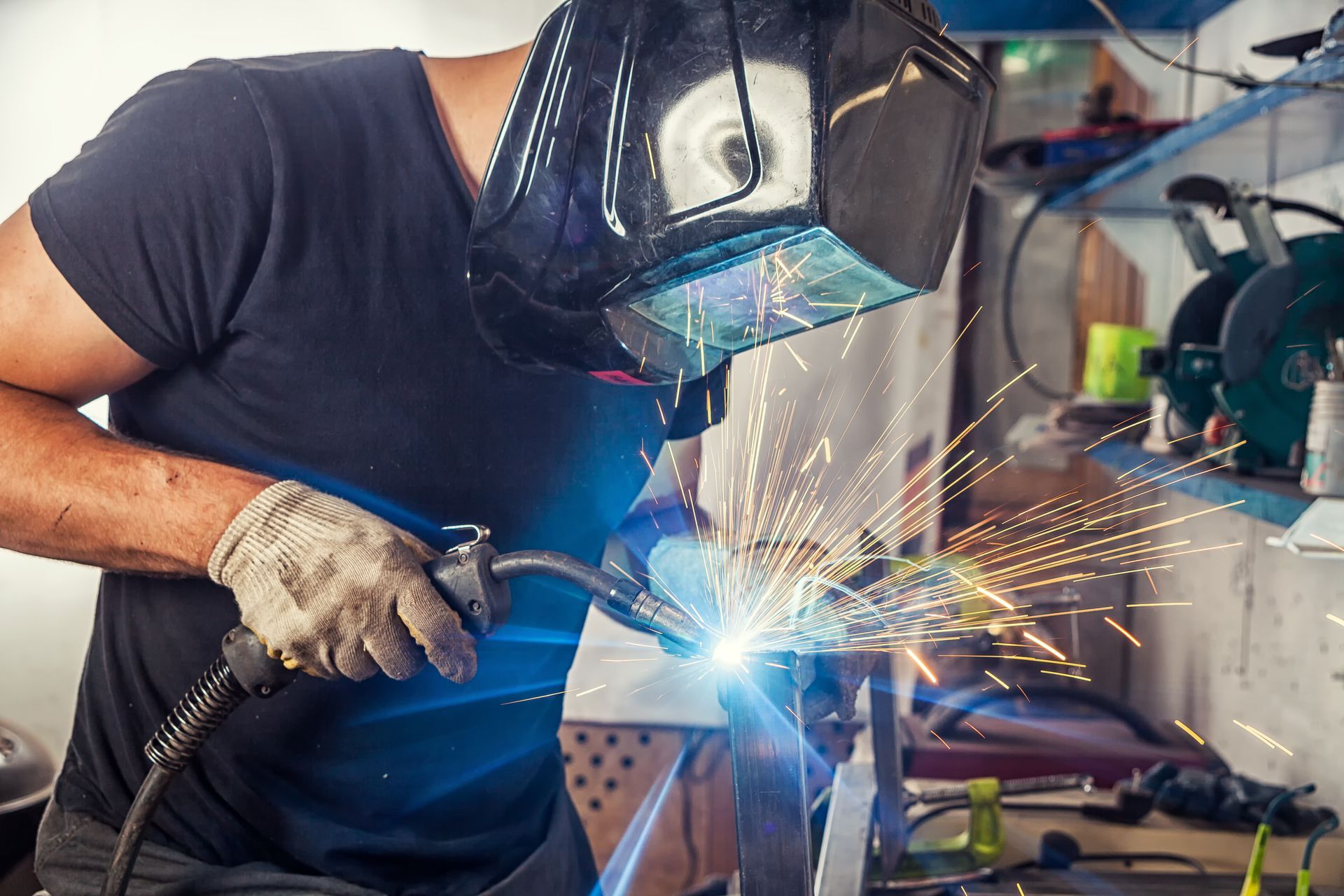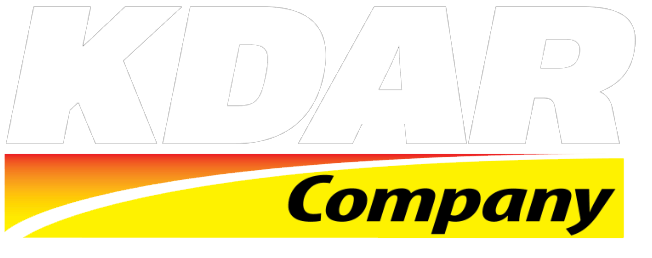What to Expect for Supply Chains in 2024
It may be hard for business owners to believe, but the book is about to close in 2023, with 2024 waiting in the wing. The 2020s have thus far been defined as a decade of rapid and often unexpected changes, allowing some key trends to emerge across the industry.
What can we expect for supply chains as we move into the fourth year of this decade? Let's examine the current trends and forecasts for the year ahead.
Supply Chain Trends in 2024
2024 will witness several key trends in supply chain management that will shape how businesses operate. One of the most prominent trends is integrating blockchain technology into supply chains. Blockchain-enabled tracking systems will provide enhanced visibility and transparency, allowing companies to track and trace products from the source to the end consumer. This technology will revolutionize supply chain management by reducing fraud, improving security, and eliminating the need for intermediaries.
In addition to technology-driven trends, there will be a shift towards more customer-centric supply chains. Companies will focus on personalization and customization to meet the ever-changing demands of consumers. The rise of e-commerce and omnichannel retailing will require supply chains to be agile and adaptable, able to fulfill orders quickly and accurately.
Technological Advancements
One of the most significant advancements is integrating artificial intelligence (AI) into various aspects of the supply chain. AI-powered algorithms will analyze large volumes of data, enabling companies to make data-driven decisions, optimize inventory levels, and improve forecasting accuracy. AI will also play a crucial role in demand planning and logistics optimization, ensuring products reach customers most efficiently.
Another technological advancement that will shape the future of supply chains is the Internet of Things (IoT). IoT devices will be embedded in products, vehicles, and warehouses, creating a network of interconnected devices that can communicate and share data. This connectivity will enable real-time tracking and monitoring of goods, optimizing inventory management and reducing wastage.
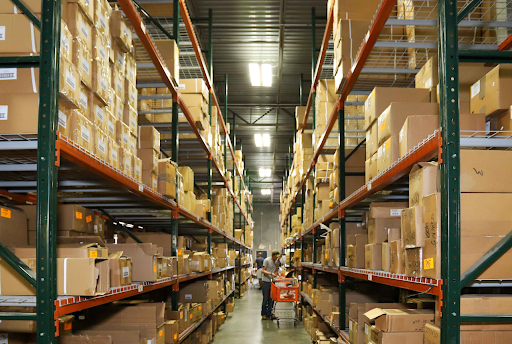
The Impact of Automation
Automation will continue to be critical in transforming supply chains in 2024. Using robotics and automated systems will increase efficiency, reduce costs, and minimize human error. Warehouses will be equipped with automated picking and packing systems, eliminating the need for manual labor. Autonomous drones and robots can be deployed for last-mile delivery, ensuring fast and accurate fulfillment of orders.
Additionally, automation will extend to supply chain planning and optimization. Advanced algorithms will automate the process of demand forecasting, inventory replenishment, and transportation planning. This automation will streamline operations, reduce lead times, and improve supply chain performance.
Sustainable Supply Chain Practices
As sustainability becomes increasingly important, companies will focus on adopting greener practices in their supply chains. In 2024, eco-friendly packaging materials will gain traction, replacing traditional plastic packaging. Biodegradable materials, such as plant-based plastics and compostable packaging, will be used to minimize environmental impact.
Resilience and Risk Management
In an increasingly globalized and interconnected world, supply chain resilience and risk management will be critical in 2024. Companies must prepare for disruptions such as natural disasters, political instability, and global pandemics. Robust risk management strategies will involve diversifying suppliers, establishing backup plans, and creating agile supply chains that adapt quickly to unforeseen circumstances.
Supply chain visibility will also play a key role in risk management. Real-time tracking and monitoring of goods will enable companies to identify potential bottlenecks and proactively address issues before they escalate. Advanced analytics and predictive modeling will help companies anticipate and mitigate risks, ensuring continuity of operations.
Data Analytics in Supply chain Optimization
Data analytics will continue to drive supply chain optimization in 2024. The abundance of data generated at every stage of the supply chain will provide valuable insights for leverage in improving efficiency and reducing costs. Advanced analytics tools will enable companies to analyze vast amounts of data in real-time, identifying patterns, trends, and areas for improvement.
Predictive analytics will be crucial in demand forecasting, enabling companies to optimize inventory levels and reduce stockouts. Prescriptive analytics will provide actionable recommendations for improving transportation routes, warehouse layout, and order fulfillment processes. By harnessing the power of data analytics, companies can make informed decisions, optimize operations, and deliver exceptional customer experiences.
Collaboration and Partnerships
Collaboration and partnerships will be crucial to the success of 2024's supply chains. Companies will collaborate with suppliers, customers, and competitors to create more efficient and resilient supply chains. Collaborative planning and forecasting will enable better alignment between supply and demand, reducing inventory holding costs and improving customer satisfaction.
Partnerships with logistics providers will also be crucial in optimizing transportation networks. Companies can reduce costs and minimize environmental impact by pooling resources and sharing transportation capacity. Furthermore, partnerships with technology providers will enable access to cutting-edge solutions, ensuring that companies stay at the forefront of supply chain innovation.
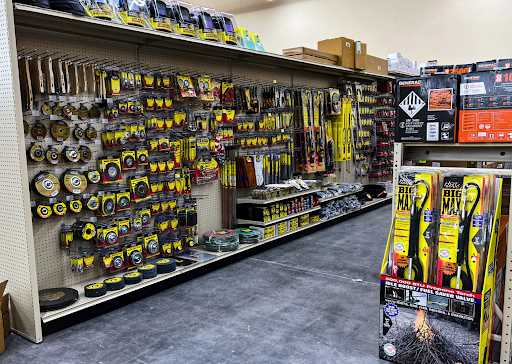
Work With KDAR Company
To thrive in this evolving landscape, companies must be proactive in embracing these trends and preparing for the challenges and opportunities that lie ahead. By investing in technology, fostering collaboration, and adopting sustainable practices, businesses can position themselves at the forefront of supply chain innovation and create a competitive advantage in the marketplace.
Supply chains will always take time to navigate. Here at KDAR, we take our role as a wholesaler for welding equipment, cable ties, and more seriously. Our retailers can trust us to provide dedicated service and industry expertise.
Contact us today to learn more!
